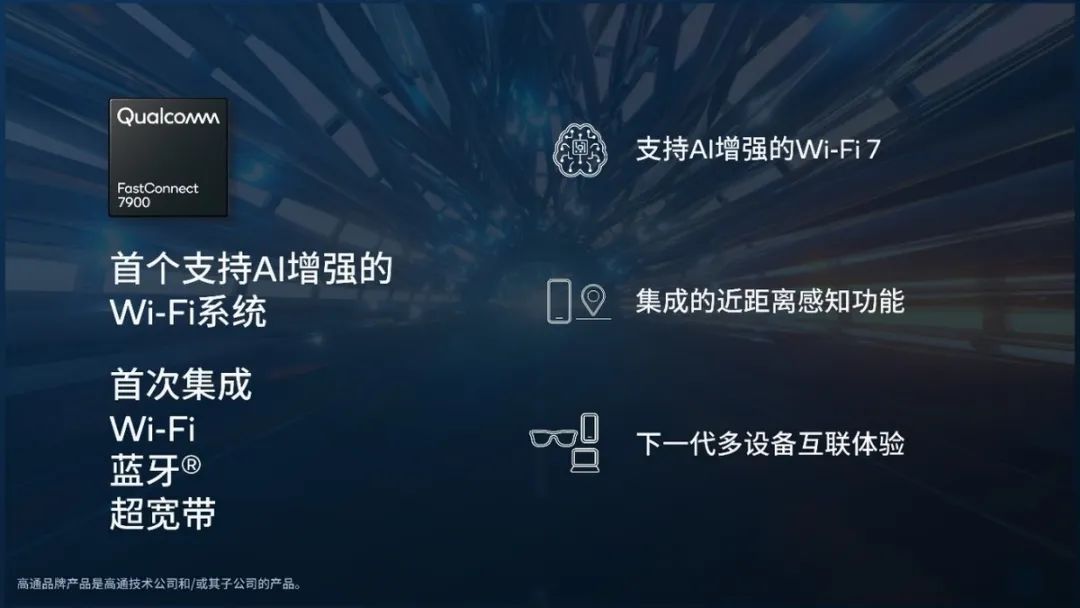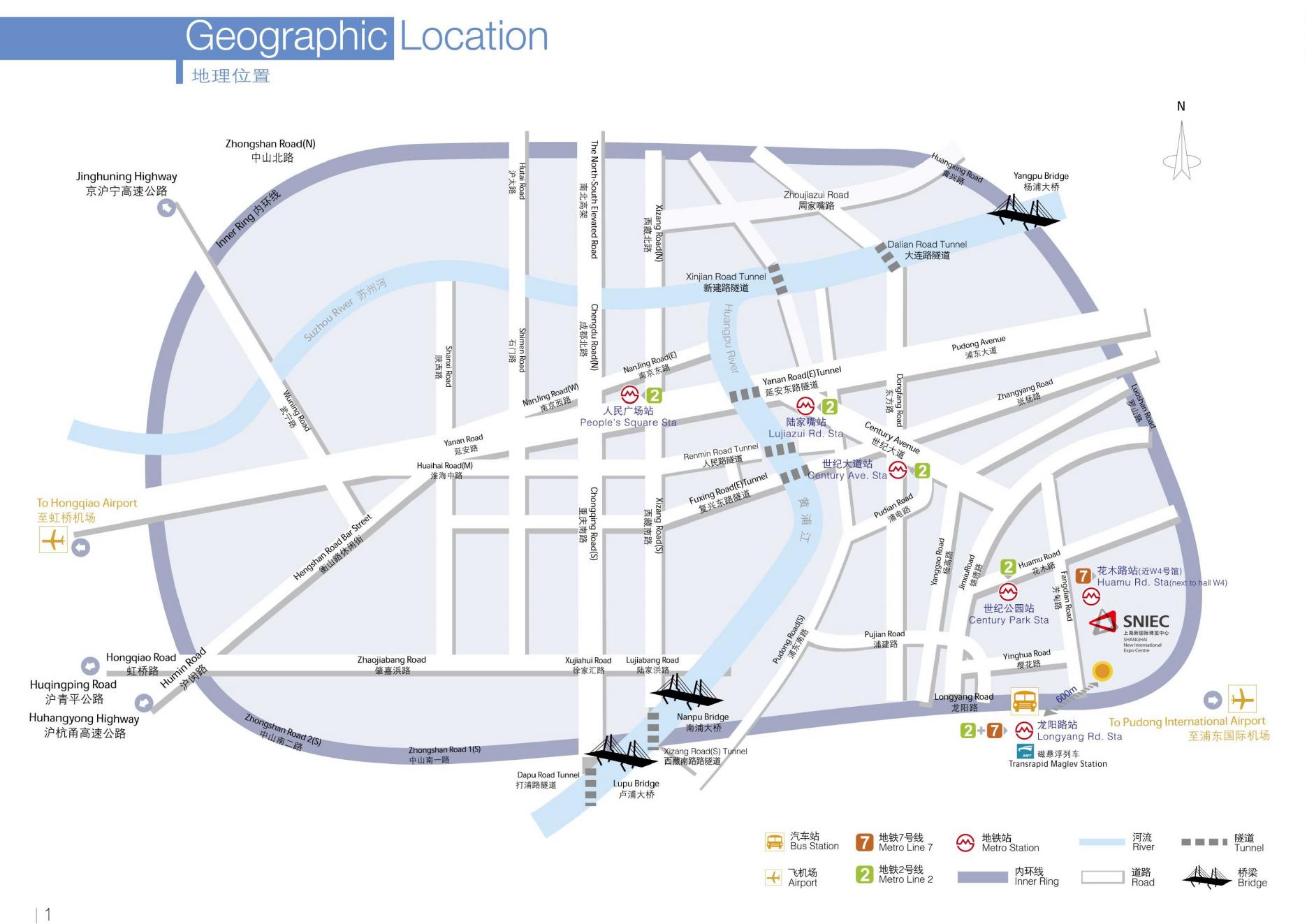At the 2024 MWC, Qualcomm unveiled a plethora of new products, with a significant focus on advancements in UWB chip technology.
According to Qualcomm’s announcement, the company introduced a chip called FastConnect 7900, manufactured using a 6nm process. This chip integrates multiple local area network communication technologies, including “Wi-Fi 7+Bluetooth+UWB”.
Additionally, the chip is equipped with AI functionality. Leveraging AI, the FastConnect 7900 can adapt to specific use cases and environments, effectively optimizing power consumption, network latency, and throughput.
Moreover, Qualcomm also unveiled its latest 5G chip, the “Snapdragon X80”. The “FastConnect 7900” can be combined with the “Snapdragon X80” to form a new generation of high-end mobile chipsets, suitable for use in smartphones, PCs, automotive, IoT, and other devices.
During our research for the “2024 China High-Precision Positioning Technology Industry White Paper”, we gathered information from various sources indicating that Qualcomm would soon release UWB chips. Therefore, Qualcomm’s release of UWB chips at this time did not come as a surprise.
The reason we are particularly interested in Qualcomm’s progress in UWB chip technology is that if integrated directly into 5G chipsets, it would be directly incorporated into smartphones. Since smartphones are the core devices in consumer applications, they play a crucial role in the development of the UWB industry.

The launch of the “Snapdragon X80” combined with the “FastConnect 7900” chipset signifies that Qualcomm’s UWB technology will soon be integrated into smartphones. According to Qualcomm’s press release, samples of the Snapdragon X80 are currently being produced, and commercial terminals using this platform are expected to be released in the second half of 2024. This timeline aligns with our understanding that domestic Android smartphone manufacturers will incorporate UWB functionality into their devices by the second half of 2024.
Let’s discuss the latest industry trends from Qualcomm’s layout:
AI Transitioning from Software to Hardware: The concept of AI has gained significant attention, but previously, AI was primarily associated with algorithms or software-based products. However, in the past year or two, we have witnessed AI being seamlessly integrated into IoT hardware. This includes the addition of dedicated AI chips or enhancing existing chips with AI capabilities. Both Qualcomm’s 5G chip, the “Snapdragon X80”, and the local area network chip “FastConnect 7900” emphasize AI functionality. In the future, we can expect to see more communication chips and even sensors equipped with AI capabilities.
Satellite Communication Chips Will Become More Common: Qualcomm’s Snapdragon X80 also supports NB-NTN satellite communication. When Huawei Mate60 was released, many people regarded satellite communication as unnecessary. However, although satellite communication technology still has a long way to go and is not yet mature, major smartphone manufacturers are still pursuing this feature. Since smartphones are consumer products, the current smartphone industry is quite mature, and there are not many innovations. If a new feature emerges in the market and one company adopts it while others do not, consumers may perceive the latter as inferior. This phenomenon applies not only to satellite communication but also to UWB technology. Once a significant number of Android smartphone manufacturers adopt UWB chips, others will quickly follow suit.
IoT: Simplification or Integration? This topic does not have a definitive answer, but looking at the evolution of the IoT industry, different periods yield different responses. In the early stages of IoT, when the industry was immature, most chips were repurposed from existing products such as smartphones or PCs. However, the problem at that time was that these chips were too expensive. Therefore, the industry needed specialized chips tailored for IoT scenarios to achieve low cost and low power consumption. In recent years, we have seen many IoT chip products emerging, with some focusing on achieving the best cost-effectiveness. However, it became apparent that single-chip solutions often fail to meet the requirements of products. Consequently, we are now witnessing the increasing integration capabilities of IoT chip products. While this topic may seem to have returned to its starting point, there are many differences. The current IoT product line has clear distinctions from smartphone and PC product lines. Even though integration capabilities have improved, the demand for low-cost and low-power IoT products will remain constant.
This paper is from Ulink Media, Shenzhen, China, the organizer of IOTE EXPO (IoT Expo in China)
Join us next year in Shanghai, and let’s shape the future of technology together!
To register IOTE 2024 Shanghai station:
https://eng.iotexpo.com.cn/sh/Visitors.html?lang=EN&source=YJ1

















